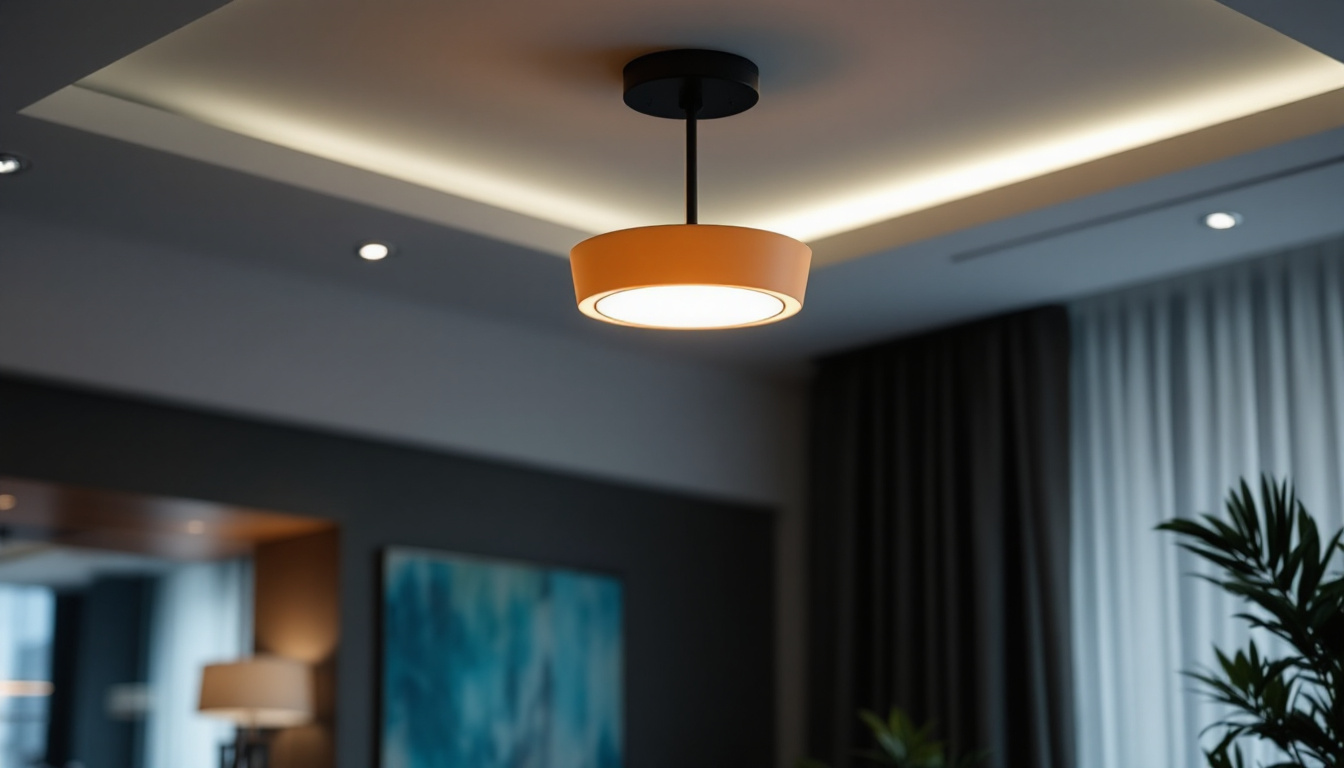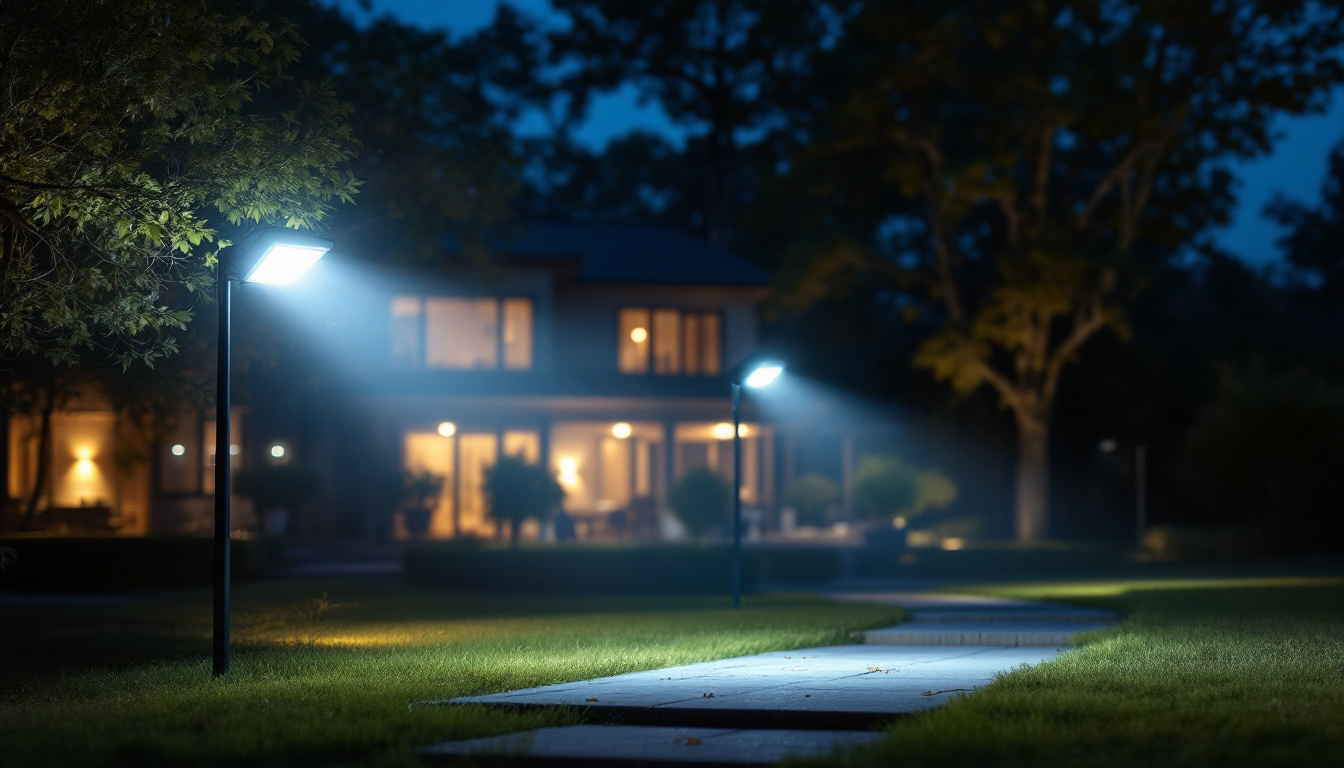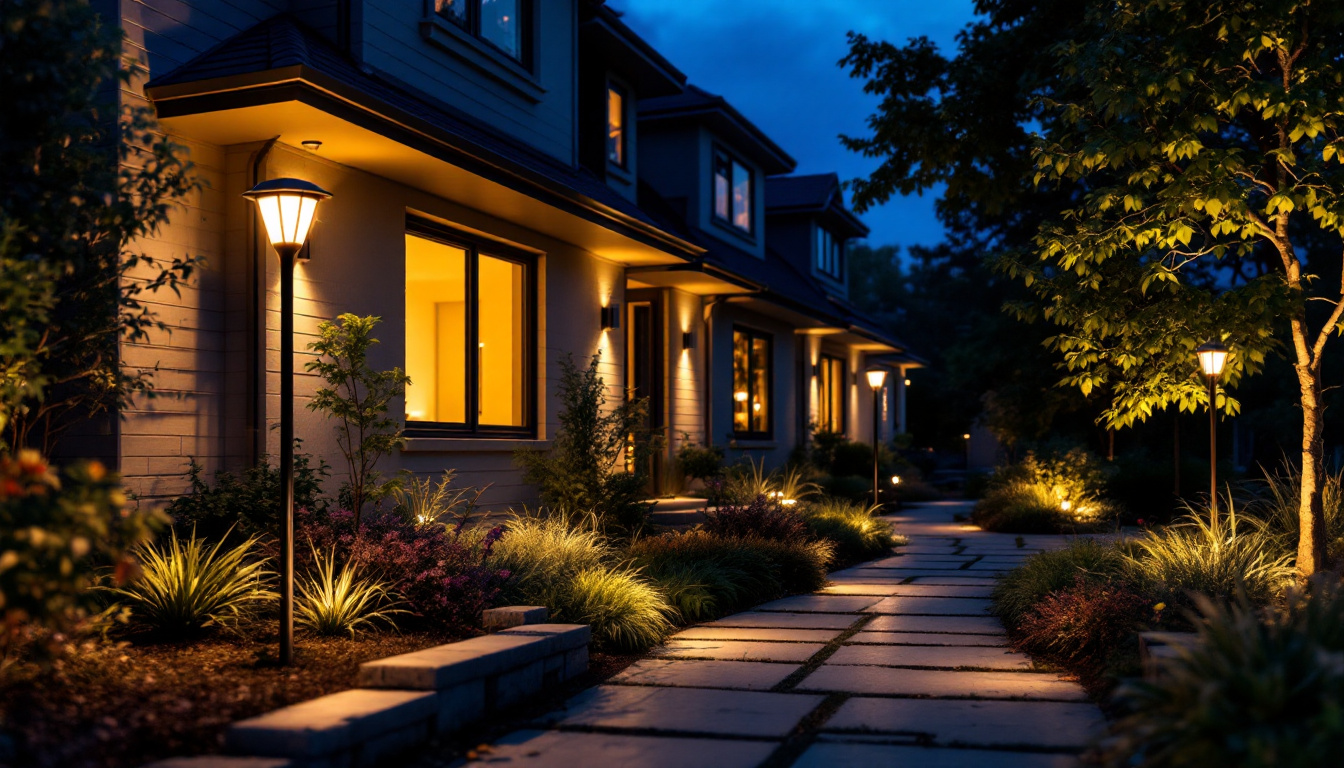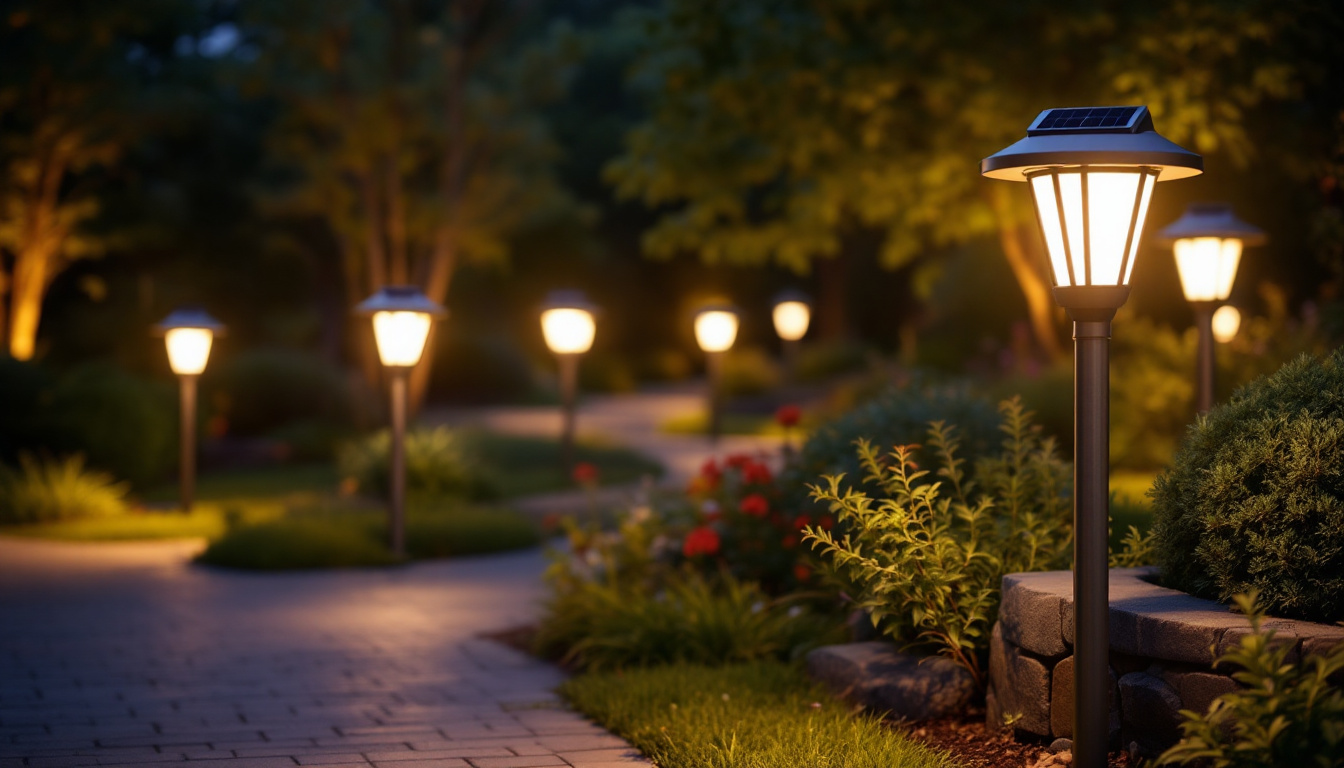
As the world of lighting continues to evolve, ceiling-mounted fixtures have become increasingly popular among homeowners and businesses alike. For lighting contractors, mastering the art of installing and designing these fixtures is essential for delivering quality service. This article will delve into the top resources available for lighting contractors to enhance their skills and knowledge regarding ceiling-mounted fixtures.
Ceiling-mounted fixtures are versatile lighting solutions that offer both functionality and aesthetic appeal. They are commonly used in residential and commercial spaces, providing general illumination while complementing interior design. The variety of styles, sizes, and technologies available makes it crucial for contractors to stay informed about the latest trends and options.
There are several types of ceiling-mounted fixtures, each serving different purposes and environments. The most common types include flush mounts, semi-flush mounts, and pendant lights. Flush mounts are ideal for low ceilings, providing a sleek look without protruding too far from the ceiling. Semi-flush mounts, on the other hand, hang slightly lower and can add a decorative touch to a room.
Pendant lights are often used in dining areas or kitchens, offering focused lighting while serving as a design statement. Understanding the differences between these fixtures allows contractors to recommend the best options for their clients’ needs. Additionally, there are also track lighting systems that can be mounted on ceilings, allowing for adjustable light direction and the ability to highlight specific areas or features within a space. This flexibility makes track lighting a popular choice in galleries and retail environments, where lighting needs may change frequently.
One of the primary benefits of ceiling-mounted fixtures is their ability to distribute light evenly throughout a space. This helps to eliminate dark corners and enhances overall visibility. Additionally, these fixtures can be energy-efficient, especially when using LED technology, which can significantly reduce electricity costs over time.
Moreover, ceiling-mounted fixtures come in various styles and designs, allowing contractors to cater to diverse tastes and preferences. This flexibility not only satisfies clients but also enables contractors to showcase their creativity and expertise in lighting design. Beyond aesthetics, many modern ceiling-mounted fixtures also incorporate smart technology, allowing users to control brightness and color temperature through mobile apps or voice commands. This integration of technology not only enhances convenience but also promotes energy conservation by allowing users to tailor their lighting to suit different activities and moods throughout the day.
To ensure a successful installation of ceiling-mounted fixtures, contractors must be equipped with the right tools. Having the necessary equipment not only streamlines the installation process but also enhances safety and efficiency.
At a minimum, contractors should have a drill, screwdrivers, wire strippers, and a voltage tester. A drill is essential for making holes in the ceiling for mounting fixtures, while screwdrivers are needed to secure the fixtures in place. Wire strippers allow for the proper preparation of electrical wires, and a voltage tester ensures that the electrical supply is safe to work with.
In addition to these basic tools, a level is crucial for ensuring that fixtures are hung straight, contributing to a professional finish. A ladder or scaffolding may also be necessary, depending on the height of the ceiling. Furthermore, a stud finder can be invaluable for locating the structural supports within the ceiling, ensuring that fixtures are anchored securely. This not only prevents potential hazards but also prolongs the lifespan of the installation by ensuring that the fixtures are firmly attached to a stable surface.
For contractors looking to elevate their installation skills, investing in advanced tools can make a significant difference. Laser levels, for example, provide precise alignment for multiple fixtures, ensuring a uniform look across a room. Cordless impact drivers can also speed up the installation process, allowing for quick and efficient fastening.
Additionally, thermal imaging cameras can be beneficial for identifying electrical issues or heat loss, which is particularly useful in older buildings. These advanced tools not only enhance the quality of work but also demonstrate a contractor’s commitment to excellence. Moreover, incorporating a digital multimeter can further assist in diagnosing electrical problems by measuring voltage, current, and resistance, ensuring that all connections are safe and functioning properly. This level of attention to detail not only enhances the safety of the installation but also builds trust with clients, as they can be assured that their fixtures are installed with the utmost care and expertise.
When it comes to ceiling-mounted fixtures, design considerations play a crucial role in achieving the desired ambiance and functionality. Contractors must be well-versed in various design elements to provide clients with tailored solutions.
The style of a ceiling-mounted fixture should complement the overall design of the space. For modern interiors, sleek and minimalist designs may be preferred, while traditional spaces might benefit from ornate fixtures. Understanding the architectural style of a home or business can guide contractors in making the best recommendations.
Moreover, the size of the fixture is equally important. A large fixture in a small room can overwhelm the space, while a small fixture in a large room may not provide adequate lighting. Contractors should consider the scale and proportion of fixtures to ensure a harmonious balance. Additionally, the material of the fixture can influence both aesthetics and functionality. For instance, metal fixtures can add a contemporary edge, while glass or crystal options can introduce a touch of elegance and sophistication. The choice of material should also consider the maintenance requirements, as some finishes may be more prone to tarnishing or dust accumulation than others.
Another critical factor in lighting design is the color temperature and brightness of the fixtures. Warm white light (2700K-3000K) creates a cozy and inviting atmosphere, making it ideal for living rooms and bedrooms. In contrast, cool white light (4000K-5000K) is better suited for workspaces, as it promotes alertness and focus.
Contractors should also consider the lumen output of the fixtures. Higher lumens provide brighter light, which is essential for areas requiring more visibility, such as kitchens and bathrooms. Balancing color temperature and brightness can significantly impact the functionality and mood of a space. Furthermore, dimmable fixtures can offer versatility, allowing users to adjust the lighting based on the time of day or activity. This adaptability can enhance the overall experience in a room, making it suitable for both lively gatherings and quiet evenings. Incorporating smart lighting technology can also elevate the design, enabling users to control their fixtures remotely and customize settings to fit their lifestyle seamlessly.
Adhering to safety standards and regulations is paramount for lighting contractors. Understanding local codes and national standards ensures that installations are not only aesthetically pleasing but also safe and compliant.
Electrical codes vary by region, but they generally outline the requirements for safe electrical installations. Contractors must familiarize themselves with these codes to avoid potential hazards and ensure that their work meets legal standards. This knowledge includes understanding wire sizing, circuit load capacities, and grounding requirements.
Additionally, using certified fixtures and components is essential. Contractors should always check for the Underwriters Laboratories (UL) mark or equivalent certification on fixtures, which indicates that the product has been tested for safety.
Safety practices during installation cannot be overstated. Contractors should always wear appropriate personal protective equipment (PPE), such as gloves and safety glasses, to minimize the risk of injury. Ensuring that the work area is clear of debris and hazards also contributes to a safer installation environment.
Furthermore, contractors should be aware of the potential risks associated with working at heights. Using stable ladders and ensuring that they are positioned correctly can prevent falls and accidents. Prioritizing safety not only protects the contractor but also instills confidence in clients regarding the quality of work.
The lighting industry is constantly evolving, with new technologies and design trends emerging regularly. For lighting contractors, staying updated with these trends is essential for maintaining a competitive edge.
Participating in continuing education and training programs can significantly enhance a contractor’s knowledge and skills. Many organizations offer workshops, webinars, and certification courses that cover various aspects of lighting design and installation. These resources provide valuable insights into the latest technologies and best practices.
Additionally, attending industry trade shows and conferences can expose contractors to new products and innovations. Networking with other professionals in the field can also lead to valuable partnerships and collaborations.
In today’s digital age, online resources are abundant. Websites, forums, and social media groups dedicated to lighting design and installation can serve as excellent platforms for sharing knowledge and experiences. Engaging with these communities allows contractors to learn from others, ask questions, and stay informed about the latest trends.
Moreover, many manufacturers provide online training modules and product information that can be beneficial for contractors looking to expand their expertise. Utilizing these resources can lead to improved service offerings and customer satisfaction.
Mastering ceiling-mounted fixtures is an essential skill for lighting contractors. By understanding the various types of fixtures, utilizing the right tools, considering design elements, adhering to safety standards, and staying updated with industry trends, contractors can enhance their expertise and provide exceptional service to their clients.
As the demand for innovative lighting solutions continues to grow, contractors who invest in their education and skills will undoubtedly stand out in a competitive market. Embracing the resources available will not only improve installation practices but also contribute to the overall success of their business.
Ready to take your ceiling-mounted fixture installations to the next level? At LumenWholesale, we provide lighting contractors like you with the highest quality, spec-grade lighting products at prices that can’t be beaten. Say goodbye to local distributor markups and hello to our extensive selection that meets the highest industry standards. With free shipping on bulk orders, you can stock up on reliable, high-performance lighting solutions that will set your services apart. Elevate your business with the perfect blend of quality, affordability, and convenience. Discover Wholesale Lighting at the Best Value today and light up your projects with confidence.

Discover why LED flood lamps are a game-changer for lighting contractors.

Discover the benefits and trends of solar LED outdoor lights with expert insights from top lighting contractors.

Discover the essentials of solar post lamps for outdoor spaces in just five minutes.

Discover the essential guide for lighting contractors on LED light coverings.